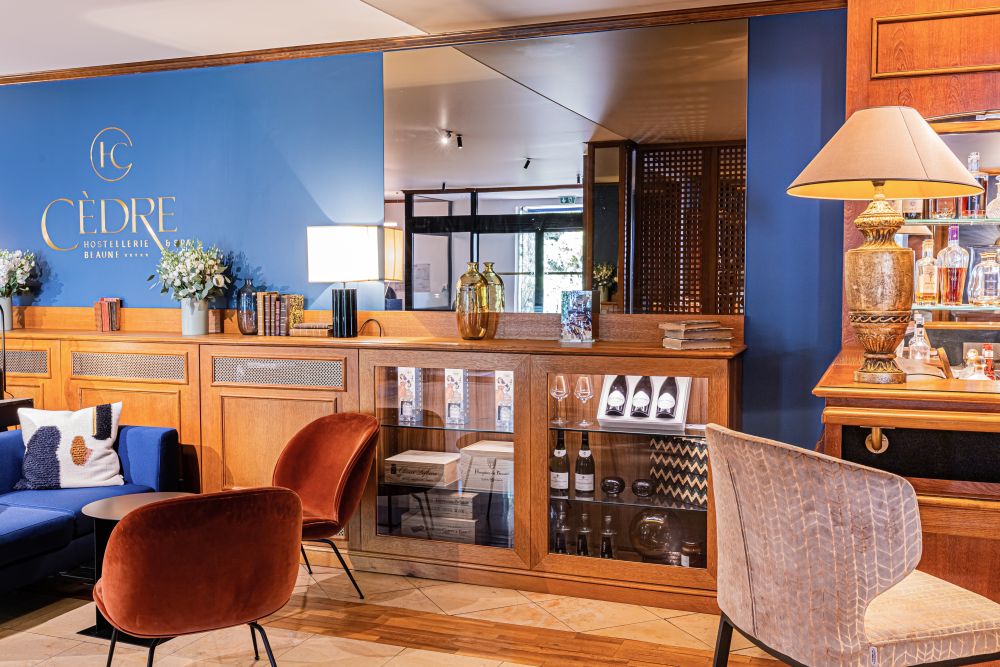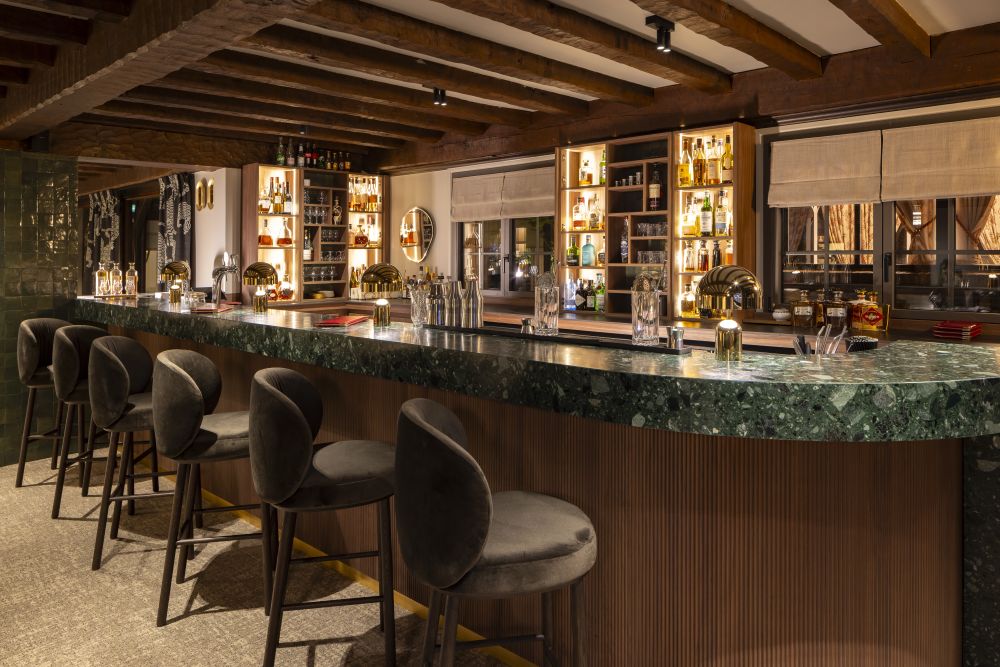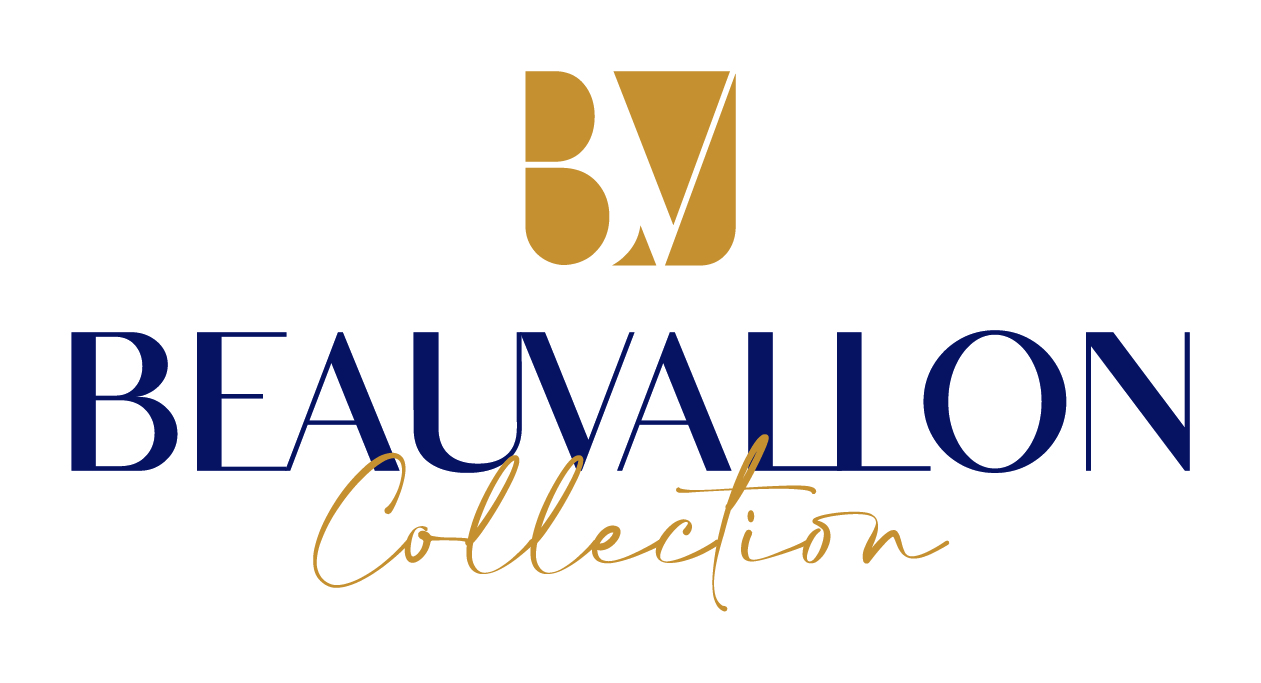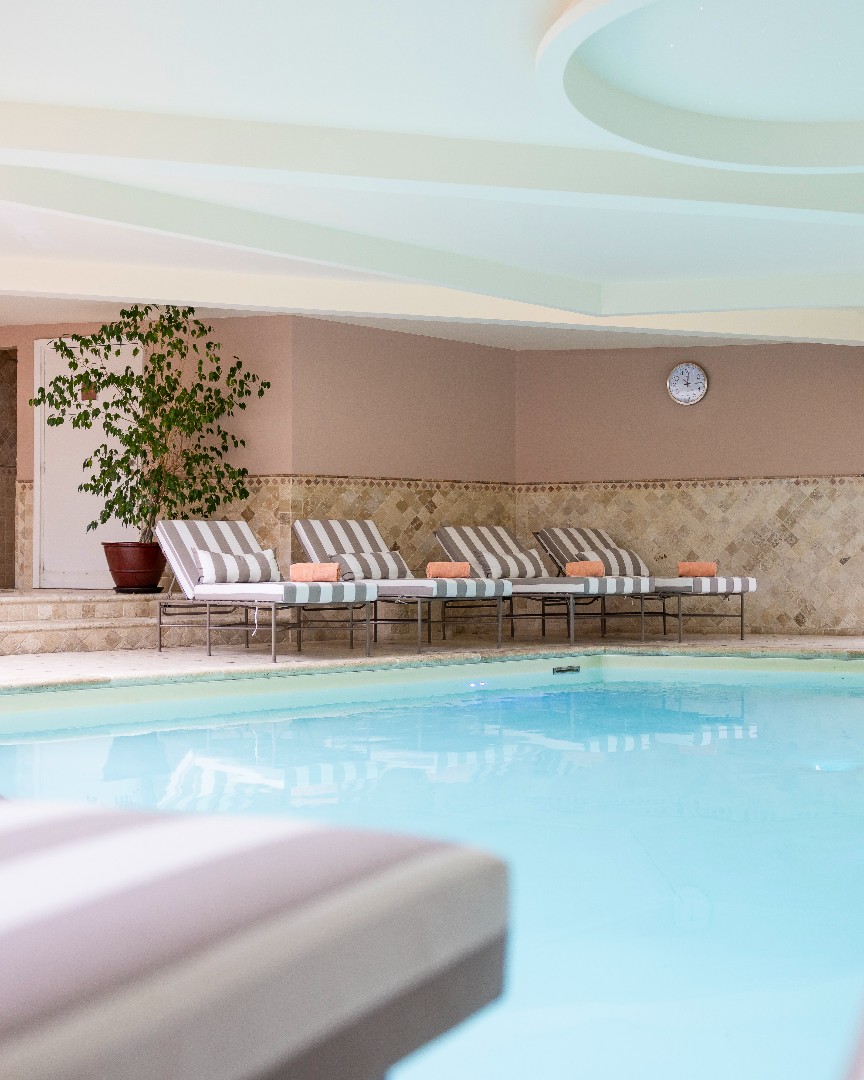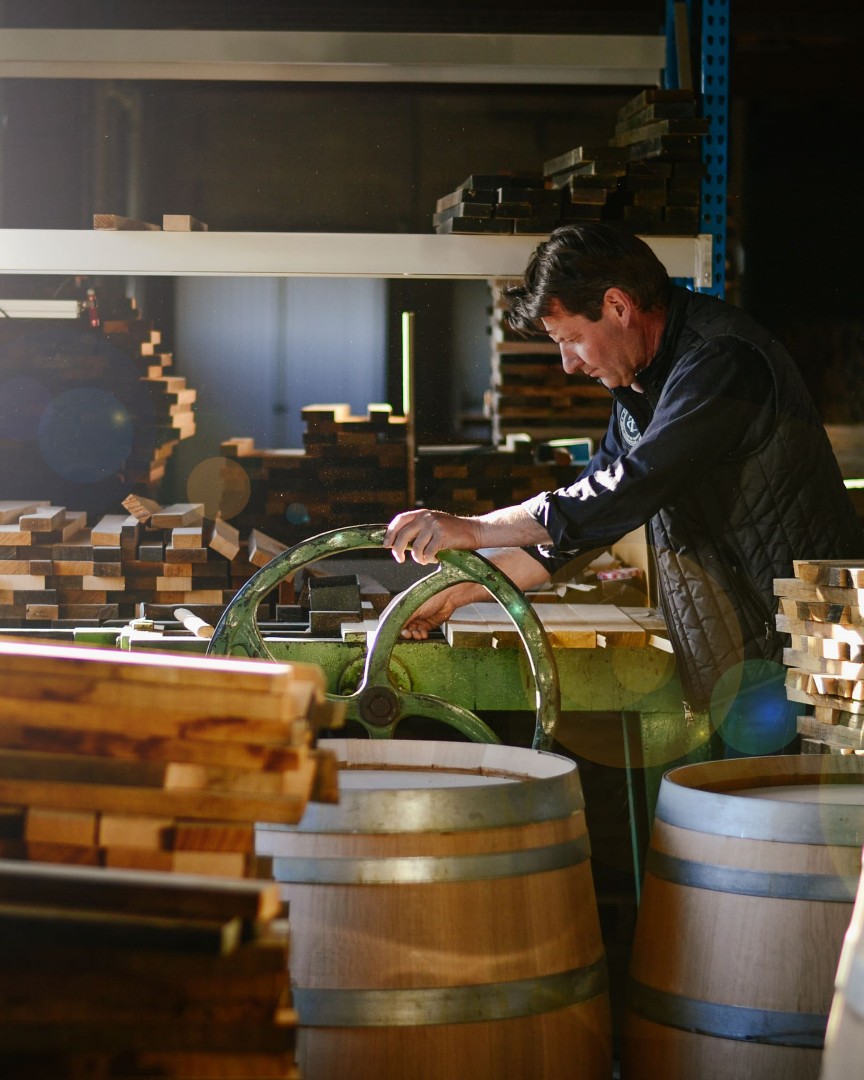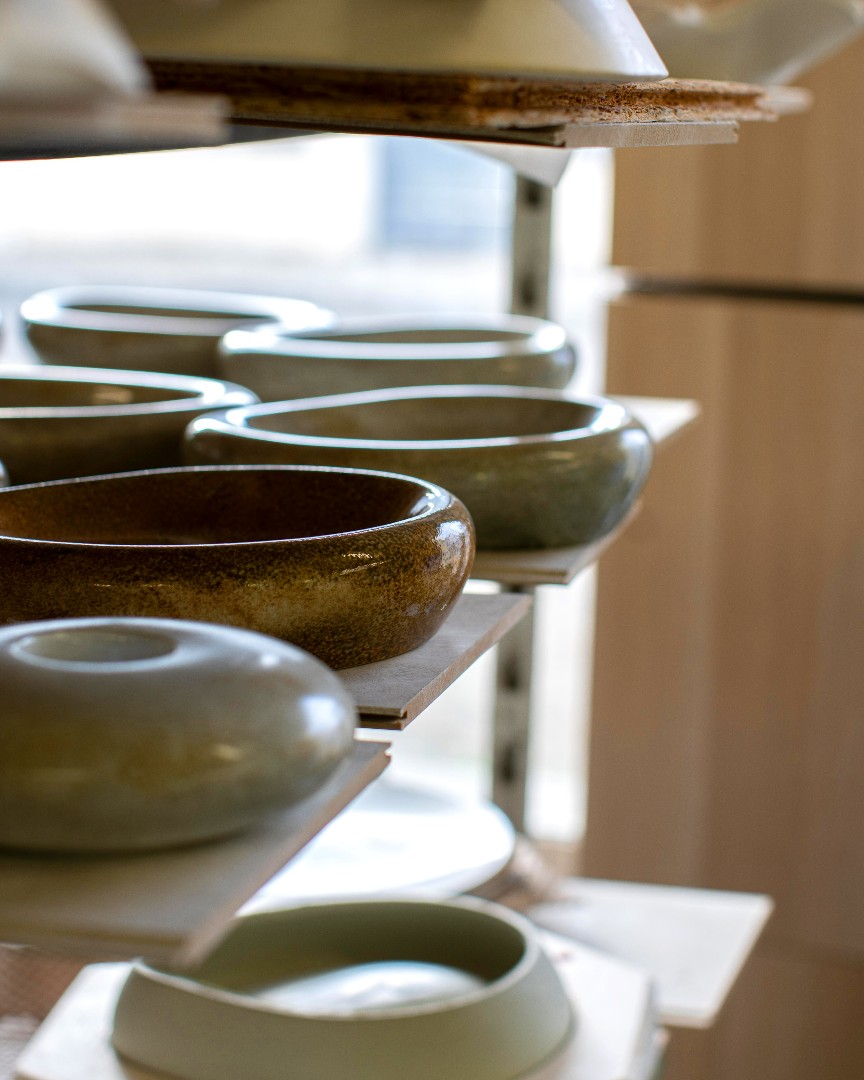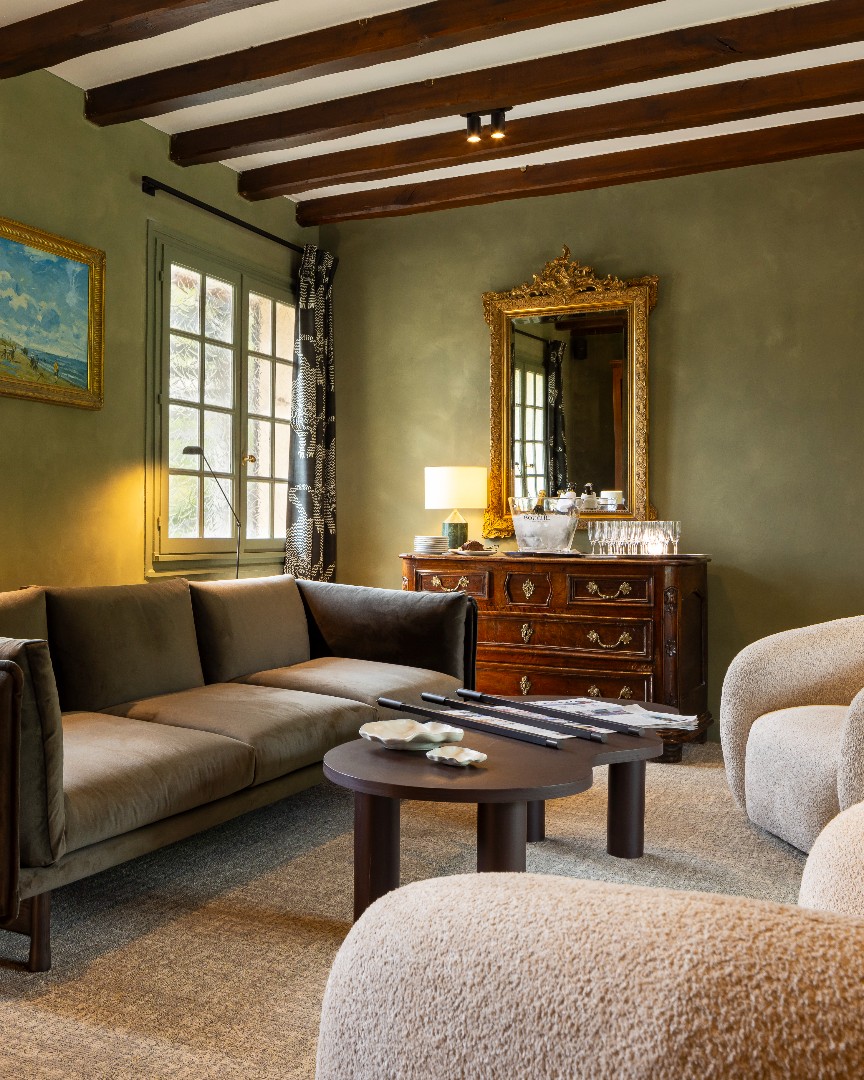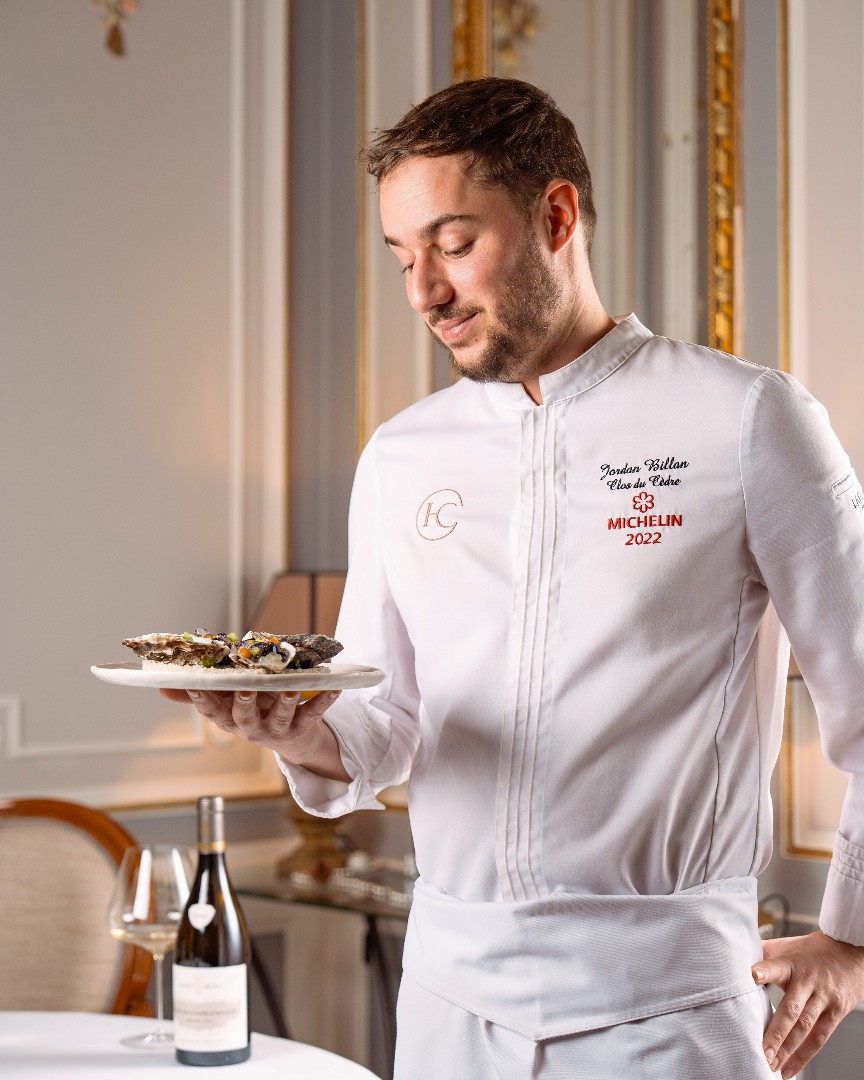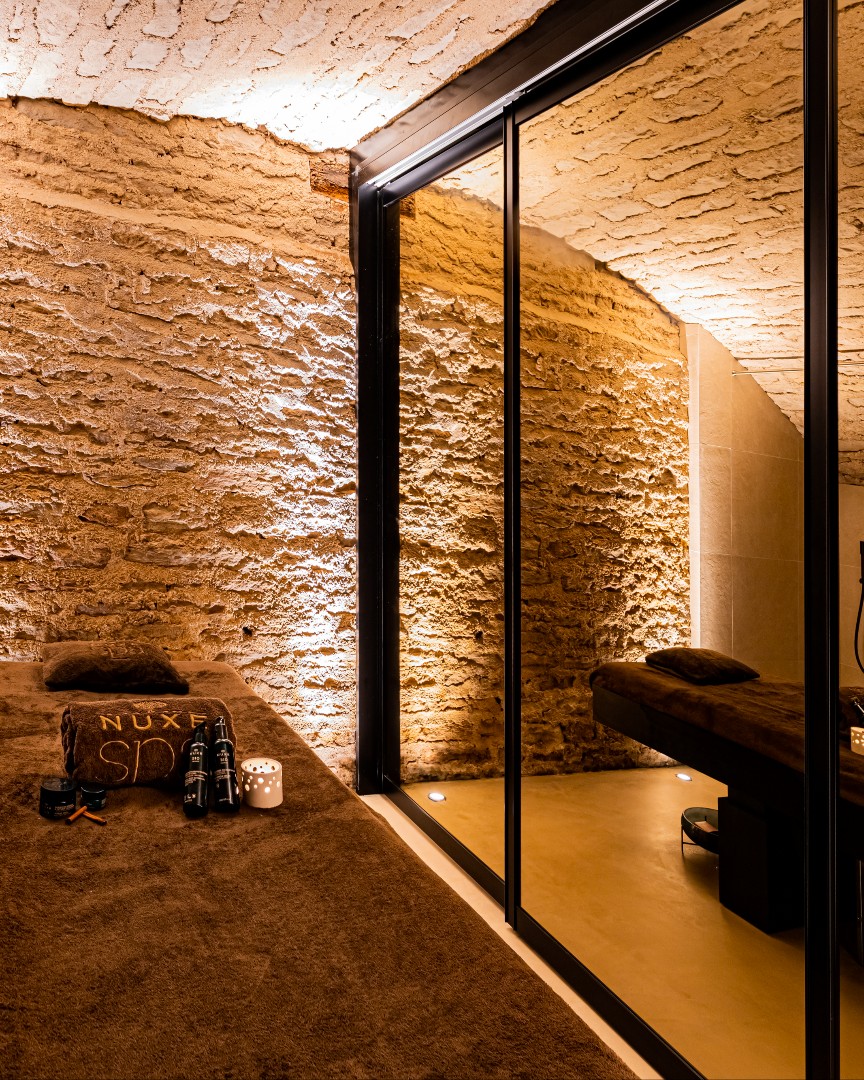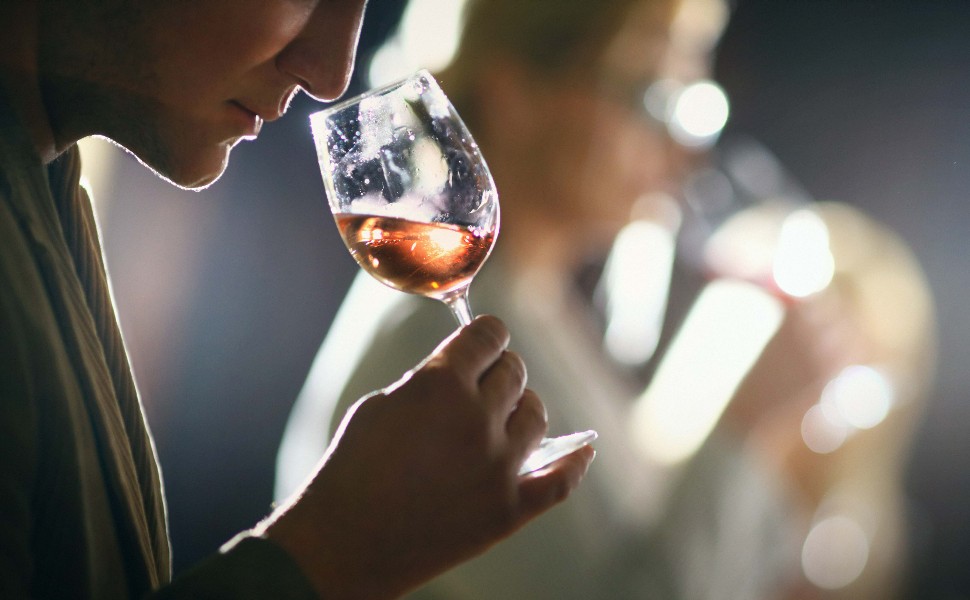
“Observing the 'robe' of a wine (colour, sparkle, limpidity) provides precious information about its grape variety, maturity, ageing potential, alcohol content. In a red wine, hues of purple reveal its youth, whereas brick red or garnet expresses its age. In a white wine, shades range from pale to golden yellow, then attaining a more amber hue.”
“The nose detects the wine’s aromatic palette (fruity, floral, spicy, wooded, or plantlike fragrances). Opt for wider glasses, allowing the vintage to release all its nuances and encouraging its intensity, unlike flute glasses which tend to stifle it.”
“Subtle and complex nuances cannot be discerned solely by the tastebuds. Retronasal smell thus comes into play – a technique of breathing air through the nose while keeping wine in the mouth. Which enables you to appreciate the expression of the aromas to the full.”
“In the mouth, the wine’s texture and body reveal its concentration, acidity, and tannin profile. The wine’s temperature then influences its character. Serving a white, rosé, or champagne too cold will alter their aromas, while pouring a red too warm will perturb its tannins.”
“Hearing, though often forgotten, plays its part in tasting. The sound of the popping cork, the bubbling of champagne, glasses being clinked, all these factors contribute towards creating an immersive experience. Background sounds also influence our perception of a wine.”

Benjamin Maillet, Hostellerie Cèdre & Spa
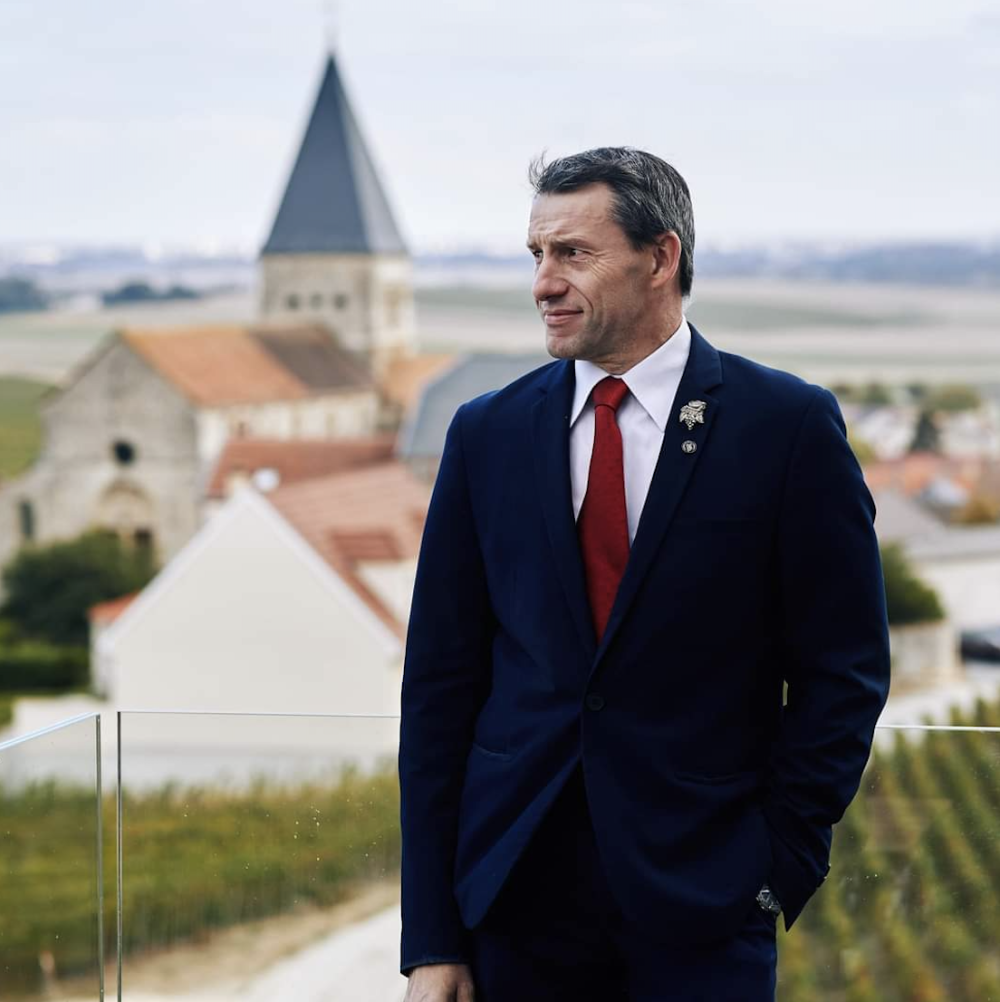
Silvio Roussette, Hostellerie Briqueterie & Spa
